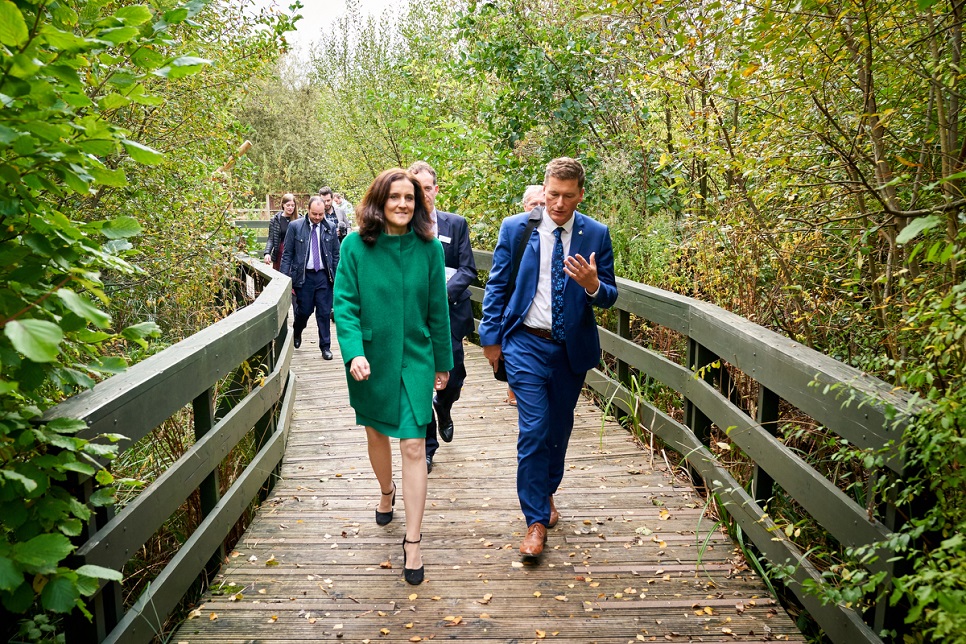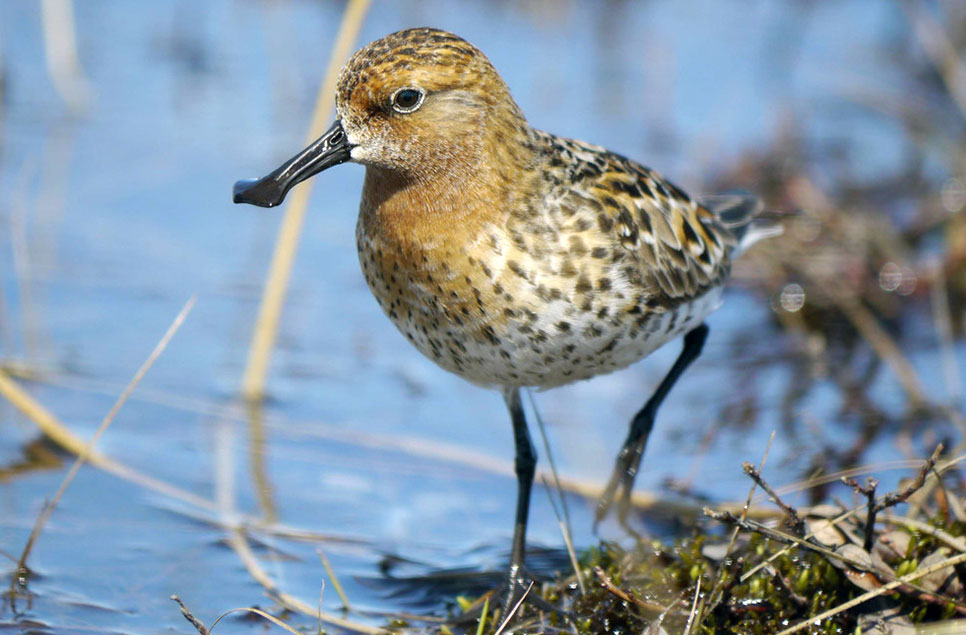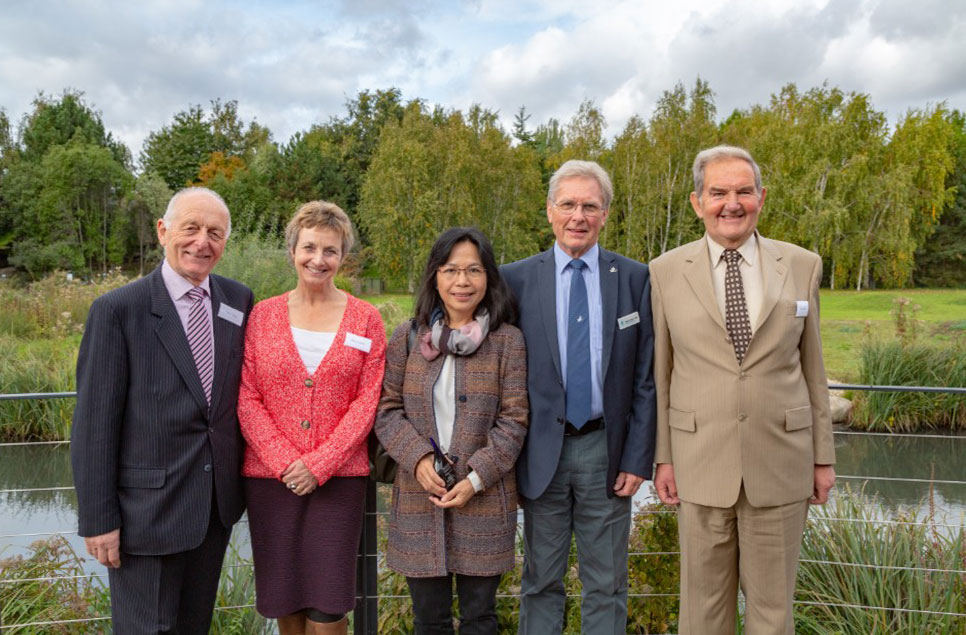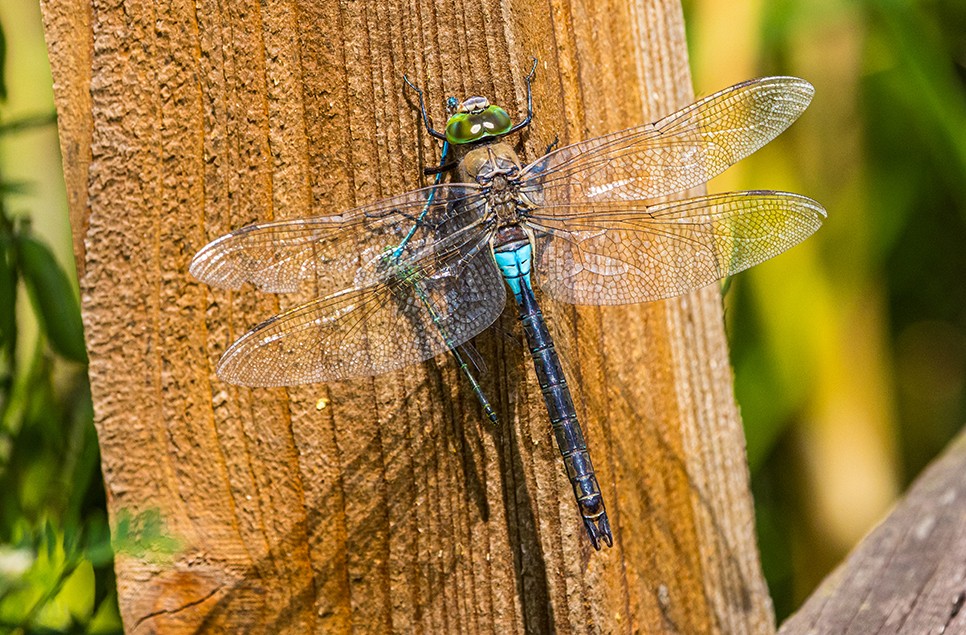WWT Snapshot October 2019

Here’s a snapshot of just some of the wetland conservation work that’s been possible in the last three months due to your support for WWT.
Around the world
In Iceland, we’ve downloaded data from tags attached to Greenland white fronted geese en route from their Greenland breeding grounds to Ireland and Britain. The data suggests unusually high breeding activity happened over the summer – probably due to good spring weather - which is good news for the depleted migrating population.
In Finland, the EU’s chemical agency referenced WWT’s research in a proposal to restrict the use of lead-based ammunition across Europe, due to concerns about it causing poisoning in wildlife and human food chains. Additionally, WWT recently published three papers on the issue’s economic and social aspects.
In France, WWT and other organisations successfully lobbied the government to reverse a decision to allow widespread hunting of curlew this winter. However talks continue on whether limited sustainable quotas might be introduced in future years, and how this might work.
In eastern Russia, modelling of the global spoon-billed sandpiper population suggests our use of “headstarting” – a rear and release technique, increases its population by three per cent per year. This compares to 25 per cent per year drops in the early 2000s leaving just 250 pairs left by 2014. WWT has released 186 birds into the wild since 2012, representing 20 per cent of the wild population’s production of young.

In northern Russia, the Arkhangelsk Hunting Department has confirmed they will distribute information about swans to 62,000 registered hunters, including 35,000 with hunting permits for waterbirds. The need for awareness was again highlighted with the finding of a WWT-ringed Bewick’s swan shot dead in the region. Find out more about the Swan Champion Project.
In Stockholm, Sweden, WWT and international partners presented an event on the importance of wetlands in our fight against climate change. The event culminated in a joint pledge with the audience to encourage global decision makers to ensure wetlands are part of national climate change plans being formed under the UN’s Framework Convention on Climate Change.
In Cambodia, Anlung Pring – the site of our wetland restoration project – has been designated as an “East-Asian Australasian Flyway Partnership Site” which recognizes its importance for migrating birds throughout the Asia Pacific region. A launch event was attended by high level provincial and national government officials.
In Madagascar, we reared and released 21 of the world’s rarest duck, the Madagascar pochard, in December 2018 and consequently nearly doubled its population in the wild. Our monitoring shows nine birds remain at the release site, Lake Sofia. Meanwhile local community associations have been given cooperative farming equipment and training to help manage wetlands around Lake Sofia for the benefit of people and wildlife. The equipment can be rented by local farmers to increase yields without using expensive chemicals. It will be managed centrally by the community associations, with the profits split between a maintenance budget and a budget to cover patrolling and core operating costs.
Around the UK
In Lancashire, Grimsargh resident David Hindle received the 2019 Marsh Award for Community Wetland Conservation, for his work to create the village’s wetland reserve. The award, which is judged and presented by WWT, recognized the efforts of David and local people to save decommissioned reservoirs from housing development, and instead turn them into a wetland sanctuary for wildlife.

Photo: David Hindle (right) with fellow Marsh Award 2019 winners and Peter Titley (left) of Marsh Christian Trust and Martin Spray (2nd right) Chief Executive of WWT.
In Somerset, local volunteers around Williton have helped to conduct 56 Riverfly (aquatic invertebrate) surveys and 18 river habitat surveys alongside collecting and analysing water samples and servicing in-stream instruments. This will greatly help our work to manage the river flows to benefit people and wildlife.
In Slough, work has begun to dig up a piped section of the Salt Hill stream and return it to being a surface running stream to benefit wildlife and local people using the surrounding park.
At WWT wetland centres
At Llanelli, outbreaks of the invasive non-native aquatic plant crassula have been visibly reduced, following our introduction of three batches of crassula mite – a tiny invertebrate which feeds exclusively on the plant. Left unchecked, crassula can grow rapidly and choke wetlands of light, space and oxygen.
At Welney, monitoring continues of one of the UK’s rarest wading birds, the black-tailed godwit. Birds reared and released at the reserve remained nearby during the summer months but have now migrated and been spotted as far away as Senegal in West Africa. The number of breeding pairs in the Fens overall has risen from 38 in 2018 to 45 in 2019.
At London:
- A study entitled “The application of wearable technology to quantify health and wellbeing co-benefits from urban wetlands” has been published. This involved volunteers wearing heart, skin and brainwave monitors to measure changes whilst walking around the wetland, compared to a main road.
- Environment Secretary Theresa Villiers launched the first Environment Bill to be published since the mid-1990s. She toured the site, and gave a speech in which she committed to measurable targets for environmental improvements and a watchdog to hold the government to account for those targets.

At Slimbridge:
- We reared and released 50 curlew to bolster the local population. We estimate there are currently only around 35 breeding pairs in the Severn and Avon Vales, which produced at least eight chicks in the wild. Farmers, volunteers and partner organisations are helping to find ways to protect this lowland population.
- We piloted human patient referrals whereby we assessed the stress and anxiety levels of patients being offered a day out surrounded by wildlife and water. The patients reported tangible benefits, which we are now writing up as a formal research paper.
- Twenty eels were tagged earlier in 2019 to monitor if and when they are moving off site. An eel pass has now been built to help them negotiate a main sluice towards the Severn Estuary, and ditches and scrapes have been improved to help eels move across wet land, as well as through water channels.
- Trials of telemetry marking techniques are being carried out on captive Baer’s pochard in order to inform future plans to tag wild birds in China. The Asian population has crashed in recent decades and at the moment the focus is on finding those that are left – the number of recorded remaining individuals has grown by a large proportion with the sighting of 300 birds near Wuhan.
At Arundel, preparatory work is beginning on a new walk-through aviary for the wetland centre. It will include a diving duck feature, and a reedbed water treatment system to return clean water back into the local environment.



